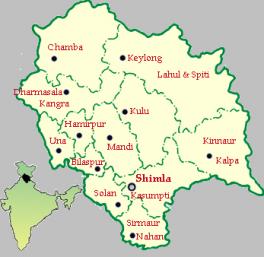Media is considered to be the most imperative medium that shapes up opinion of the general public. A far-reaching medium of social welfare, media is counted upon as the fourth pillar of our democracy.
However, with proliferation of news reporting platforms, of late all the news media houses have been hit badly and revenues are down drastically.
The hardest hit is the newspaper industry. Nothing but low profitability in the business has allowed the evil of “paid media” to enter the industry.

How much illegitimate and against the established ethical news reporting standards it may appear but paid media is here to stay.
With more than 70,000 newspapers and over 80 news channels, the market is already too saturated. Sleeping with the enemy is what print media is forced to accept and has to live up to the social vice of paid media with open arms.
Taking into account the costs associated with dissemination of news, newspapers happen to be the most subsidized of all the mediums of news distribution in the country.
The return per piece is so low that it can’t compensate for the investment put into publishing papers by any possible way for the publishing and distribution costs are definitely prohibitive.
Advertisements are the life blood of the newspaper industry, nevertheless, considering the level of competition in the field a sizable share of advertisements is hard to come by.
It is not possible by any means to run print business purely on the basis of advertisements especially when organizations are facing sluggish growths worldwide and cutting down on advertisement spends. It is only so that paid media has crept in from the backdoor.
For newspaper managements, any strategy that ensures sponsorships and advertisements rules the roost. Even at the cost of quality editorial content and reputations, managements are turning a blind eye to paid media.
Though, it may sound wicked but paid media, perhaps is the only solution to enable the print business to sail through the turbulent times.
A global economy coupled with mounting publishing costs has deeply impacted the industry. The irony is that even rise in demand doesn’t help much as the additional pieces have to be published at regular costs which are very low. This also amounts to increased circulation costs. The long trusted principle of “economies of scale” doesn’t help here.
Increase in numbers of blogs and news portals with considerable presence on the web has made it difficult for newspapers to compete beyond a point, forcing most traditional newspapers to take to online editions also.
The only reason that newspapers have not been completely replaced here in India is that internet penetration is low (below 10%) otherwise like the western countries many broadsheets would have folded up by now.
Nonetheless, as the internet reach increases and computer literacy surges doomsday is nothing but sure for the industry in India too.
Trapped between the devil and the deep, as paid media is more widely adopted editorial credibility gets more compromised.
But the news houses are hapless to choose the first between the two —- survival or editorial quality.
A mechanical engineering graduate with a post graduation in marketing and sales, Ashish has combined professional experience of more than 4 years.
Ashish is a great fan of Martin Scorsese. He loves to write poetry in his spare time.
He lives in Shimla.


